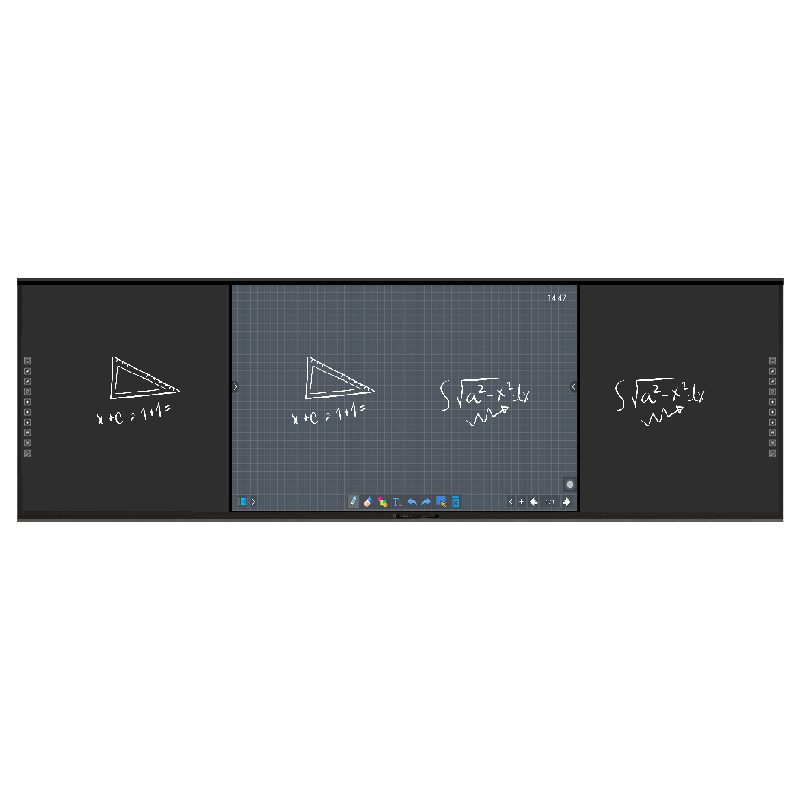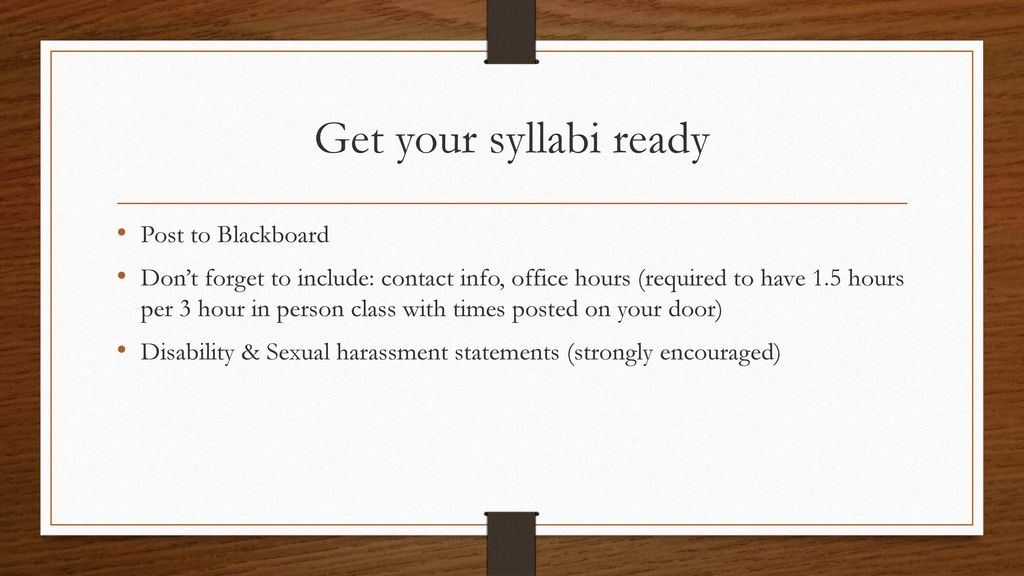The ATU Blackboard Platform is a vital tool for both students and educators in the Academic Tech University community, providing a wide array of features designed to enhance the educational experience. Mastery of this platform can lead to more efficient learning, easier access to course materials, improved communication, and better organization for all parties involved. Here are some expert tips to help users navigate the nuances of Blackboard and fully leverage its capabilities to support their educational endeavors.
Familiarizing with the Dashboard
First and foremost, users should take the time to become acquainted with the Blackboard dashboard. It’s the primary hub where you’ll find updates, access courses, and receive notifications. Customize your dashboard to display the most relevant information at a glance, such as upcoming assignments, announcements, and forums. Knowing how to quickly find and use these features will save time and ensure you never miss important updates.
Utilizing Course Menus Effectively
Each course on Blackboard has a unique menu, created by the instructor, which houses all the resources and tools for that course. Users should review this course menu thoroughly to understand where to find lectures, assignments, syllabus, discussions, and grades. Getting familiar with the course layout at the beginning of the term helps in navigating course content more effectively throughout the semester.

Managing Coursework
Keeping Track of Assignments and Deadlines
Utilize the Blackboard calendar and task features to keep track of assignments and important deadlines. Add due dates to your calendar as soon as you learn about them. Regularly check the ‘Updates’ section for any changes in schedules or new assignments. This proactive approach ensures that you always stay ahead of your workload and never find yourself cramming at the last minute.
Making Use of Blackboard’s Integrated Tools
Blackboard has several integrated tools like wikis, blogs, and journals that can facilitate different aspects of learning. Familiarize yourself with these tools early on, understanding their purpose and how your course might utilize them. These features can be powerful aids in collaborating on group projects, reflecting on individual learning progress, and engaging with course materials in an interactive way.

Enhancing Communication
Engaging in Discussion Boards
Discussion boards are a central feature of Blackboard, offering a space for student interaction and deeper engagement with course content. Make a habit of regularly checking and contributing to these forums. Write thoughtful posts and responses that encourage debate and discussion. Be sure to follow any guidelines provided by your instructor regarding post length, etiquette, and content.
Utilizing Messaging and Notifications
Blackboard allows users to communicate directly with instructors and classmates through its messaging system. Use this feature to ask questions, provide feedback, or discuss coursework in a more private setting. Fine-tune your notification settings within Blackboard to ensure you receive alerts for new messages and other important information, so you always stay in the loop.

Advancing Personal Organization
Customizing Your Workspace
Blackboard allows for a degree of personalization, so take the time to set up your workspace to suit your preferences. This might involve adjusting the layout of the content, creating a tailored folder structure for your files, or setting up a personal blog or journal for note-taking. A well-organized workspace can streamline your study process and help you access materials more efficiently.
Reviewing and Organizing Collected Data
Use the Blackboard platform to review past submissions, feedback, and grades. This information is crucial for tracking your progress and identifying areas for improvement. Organize your digital files within Blackboard by categorizing them into folders, such as by course or project, for easy retrieval. A good organization strategy saves you time and simplifies your study sessions.

Leveraging Multimedia and Resources
Exploring Multimedia Integration
Blackboard supports multimedia integration, enabling a richer learning experience. Explore embedded videos, podcasts, and presentations within your course materials. If you’re an instructor, consider incorporating diverse multimedia content into your course design to cater to different learning styles and keep students engaged.
Utilizing External Learning Resources
In addition to course-specific materials, Blackboard often provides access to a wealth of external resources such as libraries, academic journals, and supplementary learning portals. Make it a point to explore these additional materials which can provide further insight into your subject matter and aid in research projects or further study.

Streamlining Study Sessions
Creating an Effective Study Plan
Having a well-structured study plan is essential for academic success, and Blackboard can support this through its range of planning tools. Use the platform to block out specific times for studying different courses, aligning these with your syllabus and upcoming assessments. This disciplined approach helps in covering all the necessary material at a manageable pace and avoids last-minute stress.
Utilizing Collaborative Features
Group work is an integral part of the learning experience, and Blackboard’s collaborative features are designed to facilitate this. Make use of group study spaces, file sharing, and collaborative tools to work with peers on projects and study sessions. These features not only make it convenient to work together remotely but also keep all group work organized in one place.
Integrating Self-Assessment Tools
Blackboard’s various self-assessment tools, such as quizzes and practice exams, allow students to gauge their understanding of the course material. Regularly taking advantage of these tools can help identify areas that need more focus and provide a benchmark of your progress. Self-assessment is a proactive strategy for improving performance on actual exams and assignments.
Optimizing Time Management
Prioritizing Tasks with Blackboard’s Tools
With all your course information in one place, Blackboard makes it easier to prioritize tasks. Use the platform’s organizational features to sort assignments and activities by urgency or difficulty, and take advantage of reminders to keep your priorities in check. Proper time management within the Blackboard system can lead to more productive learning sessions and better overall academic performance.
Allocating Time for Review and Feedback
Providing and receiving feedback is an integral part of the educational process that Blackboard simplifies. Schedule regular intervals to review feedback on your assignments and incorporate this into your learning. Likewise, allocate time to review peer and instructor feedback on discussion boards and other collaborative work to enhance your learning experience.
In summary, becoming proficient with the ATU Blackboard Platform is crucial for maximizing success as a part of the Academic Tech University community. By understanding the interface, managing coursework, enhancing communication, advancing personal organization, and leveraging multimedia and resources, students and educators alike can benefit from the full spectrum of features Blackboard offers. Take these expert tips into practice to make the most of your educational experience with the Blackboard learning management system.
